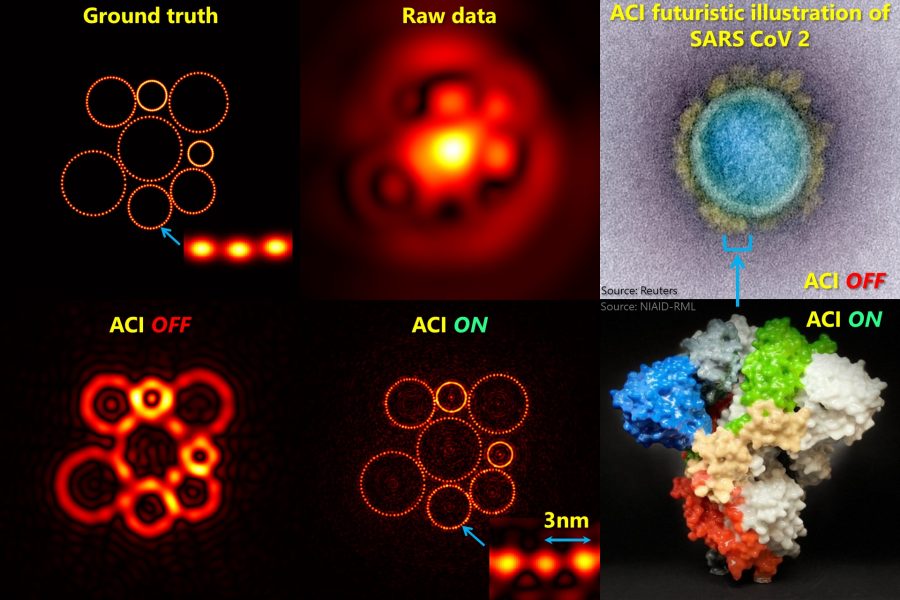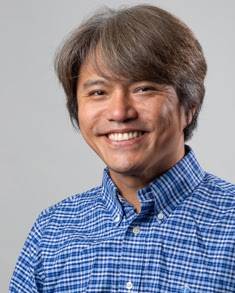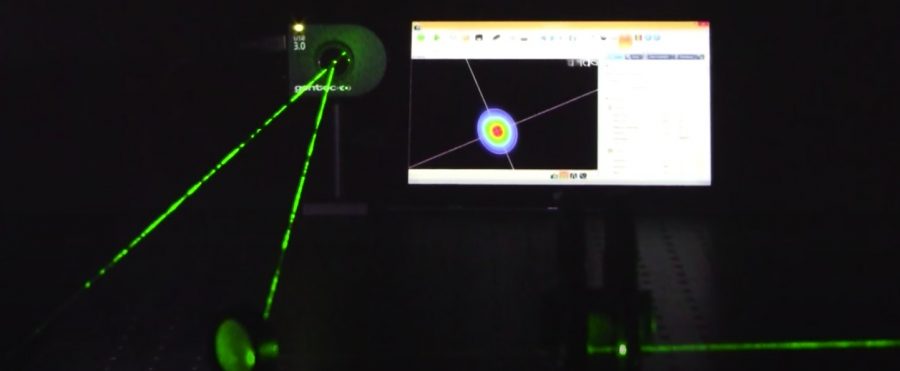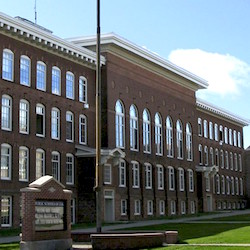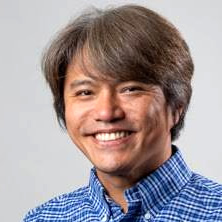
Dr. Anindya Ghoshroy (PhD ’20) begins the new year with a postdoctoral researcher position at California Institute of Technology. Ghoshroy will be working under the direction of Dr. Lihong Wang, a world-renowned researcher in the imaging field, and the inventor of the fastest optical technology in the world, called compressed ultrafast photography (CUP), capable of 10 trillion frames per second.
Wang and Ghoshroy are interested in the next big step – investigating the near field implementations of ultrafast photography, and the resolution of nanoscale transient scenes. An integration of the CUP framework with “active convolved illumination” (ACI), an image-capturing technology that Ghoshroy and his PhD advisor Dr. Durdu Guney have been developing, and will potentially lead to a significant first step towards this direction.
ACI, being immune to “noise” will potentially enable imaging of live cells, virus, and bacteria with fine details, not accessible with the state-of-the-art imaging systems.
